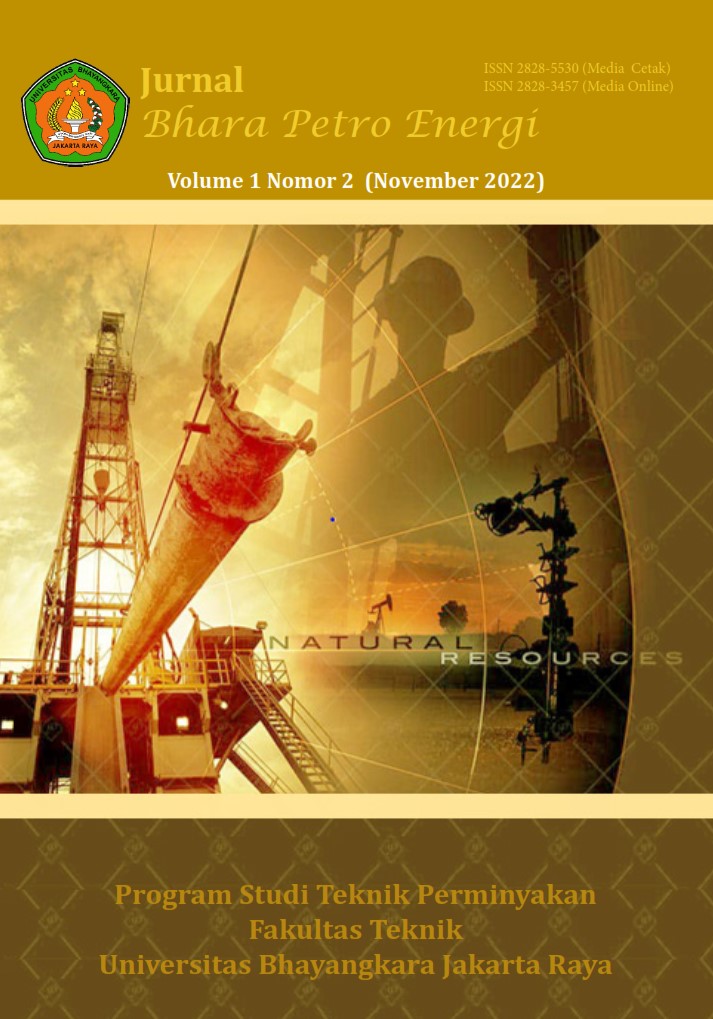Hubungan Antara Kreatifitas dan Gaya Belajar Terhadap Hasil Belajar Matematika Peserta Didik
DOI:
https://doi.org/10.31599/cf1q0h57Keywords:
creativity, learning styles, mathematic examintion resultAbstract
In this study it is expected to be able to reveal the relationship between creativity and student learning styles on mathematics learning outcomes. This is intended to obtain information about creativity and learning styles in relation to mathematics learning achievement. This study uses a quantitative research approach. The choice of this approach is because quantitative research is a type of research activity whose specifications are systematic, planned, and clearly structured from the start to the creation of the research design, both regarding research objectives, research subjects, research objects, data samples, data sources, and methodology. Validity is a measure that shows the levels of validity or validity of an instrument. An instrument that is valid or valid has high validity. Conversely, an instrument that is less valid means it has low validity. The instrument used in this research is a questionnaire. The questionnaire used is a closed questionnaire, that is, a questionnaire in which the questions/statements and alternative answers have been determined so that the respondent only has to choose the desired answer. The hypotheses that have been formulated will be tested with parametric statistics, namely by correlation and regression. The use of parametric statistics requires that the data for each variable to be analyzed must be normally distributed. Therefore, before testing the hypothesis, it will first be tested for normality of the data. The data normality test was performed using the chi square formula. Description of research results obtained from data collection with research instruments in the form of scores. This presentation includes the variables of creativity, learning styles, and mathematics learning outcomes which include the mean, median, mode, standard deviation, range of scores, minimum scores, and maximum scores. If Y denotes the dependent variable or learning outcomes variable in mathematics, X denotes the independent variable, Xi denotes the creativity variable, and X2 denotes the learning style variable then. Based on the output of the hypothesis testing using SPSS 16.0, the R square result was 0.068 which indicated that the price had a weak positive value, because the correlation value of 0.261 was not too large when compared to the individual correlation values between X1 and Y and X2 and Y. So that the value correlation only applies to the sample studied. Meanwhile, the value of Fcount <Ftable (2.342 <3.14) concluded that the result was not significant, which meant that this could not be applied to the entire population. From these results, there is no positive and significant relationship between creativity and learning styles to the matematic examintion result of student at MTs VIII level in Mataram Year 2015/2016.









_-_Copy1.jpg)


